By CAF Worldwide Executive Team Content Staff
As the world approaches three years since the onset of the coronavirus pandemic, global trade and shipping supply chains are slowly returning to a sense of normalcy—albeit with new challenges.
The seismic disruptions that defined the past two years—crippling bottlenecks at ports, soaring freight rates, and surging customer demand, among these—have been dissipating, fueled in part by additional ships supplying more capacity and a cooling off among consumers.
Still, Russia’s ongoing war in Ukraine and potential China-Taiwan-U.S. hostilities, worldwide inflation and ever-rising energy costs, along with other factors, all chart a course through uncertain waters in the year ahead.
In this quarterly outlook report, CAF Worldwide President Joseph Barry and Yeasin, CEO of CAF Worldwide’s Bangladesh office, provide some clarity, breaking down how the industry has changed, its inevitable reset, and what to expect in the coming months.
Current State of the Shipping & Logistics Industry
The industry is finally recovering from the 2021-2022 global shipping supply chain meltdown, explains Barry—when ports around the world were at standstills, there were months-long logjams of merchandise and ships, and not enough shipping containers, among other factors.
Some critical context: Last year at this time there were more than 100 container ships were backed up off the ports of Los Angeles and Long Beach, California, with 150 additional vessels waiting at all North American ports.
Consequently, many shifted operations to the East Coast. While not a direct route to China—America’s largest trade partner—this did help ease some of the congestion-related delays. These and other concerns such as mounting tensions between China and Taiwan and the United States, however, caused many importers to seek alternatives throughout other burgeoning markets throughout South and Southeast Asia.
With many of these pandemic-related conditions now abating, Barry says the market is attempting to stabilize—with some aspects returning closer to previous levels yet others still a ways to go.
“COVID really distorted the market for a couple of years, and now it’s trying to return to sort of a normal state, which it hasn't been in a year,” he explains. “The current supply-chain market is really soft, and I think that’s a function of the overcapacity, overimporting, and over inventory experienced in 2021 and early 2022.”
“It was all about the supply and demand in terms of containers and space rates, so importers were trying to hedge their bets,” recalls Barry. “Plus, they couldn’t gauge consumer demand, so it was all really overdone. It caused the market to go into a really slow, oversupplied, over-capacity state that is going to take some time to draw down.”
The CAF Worldwide president says these and other factors make now the perfect time for importers to consider shifting their supply chains to other markets, such as Bangladesh and Vietnam.
Supply Chain Conditions:
- Freight rates began dropping during the fourth quarter of 2022, in line with decreased demand.
- The industry is expected to return to pre-pandemic rates and capacity levels eventually.
- U.S. ships, ports, and shipping lanes are wide open and free of major disruptions.
- Demand for trucking has dropped sharply, but a pre-existing driver and labor shortage persists.
- The congestion and bottlenecks backlogs experienced at ports in 2022 have been resolved.
- Importers have inventory stockpiles resulting from higher inflation and decreased consumer demand, as well as previous delays—all contributing to a current leveling off.
Q1 2023 Predictions & Projections
“2023 will be known as a resetting year,” according to CAF Worldwide’s Barry.
“It’s really hard for us to understand how much of this is just delayed, or how much is actual demand that has dropped off,” he says. “But again, I think it brings us back to the idea that the industry has ‘normalized’ to pre-pandemic levels.”
2023: Change & Resetting
- This year will be mostly about resetting and restructuring after a tumultuous two years, with 2024 expected to usher in a growth period.
- One big question remains: How will the carriers react to this new state of the market?
- The industry is already experiencing higher capacity-related blank sailings—when carriers cancel, void, or skip sailings—a common pre-pandemic occurrence.
- Capacity is being eliminated to try to help stabilize plummeting rates and preserve carriers’ market shares.
- Other considerations include inflation and consumer confidence. Many are wondering about an indefinite recession, which will undoubtedly affect the global economy.
- Are importers accurately forecasting demand needs? If a recession doesn’t happen, and the market returns stronger than anticipated, they will be scrambling to get goods out. This, coupled with China reopening ports closed due to the pandemic, is another very difficult outcome to predict, along with how such scenarios will affect the market.
Current Challenges
A persistent trucking labor shortage will remain an obstacle for freight forwarders in the near future.
“One of the major issues this year will be labor,” Barry shares. “This is a labor-intensive industry, and it’s definitely one of the biggest challenges facing everybody. The other will be how the carriers navigate the market with void sailings, and what their sailing schedules will look like.”
Other important considerations this quarter include:
- December trailer orders peaked at the second-highest month since 1996, according to global supply chain market intelligence provider FreightWaves.
- Market volatility and pricing will be characterized by fluctuations.
- More complex supply chains, with many importers shifting away from China, create more diverse responsibilities. While some carriers are also functioning as freight forwarders, for example, they may not have the experience in these new markets and regions.
- Freight forwarders with experienced and knowledgeable customs brokers in alternative markets such as Bangladesh, Vietnam, India, and other South and Southeast Asia nations provide new opportunities.
Loss Prevention & RFID Technologies
Many big-box retailers, such as Walmart, are adopting loss prevention and tracking safeguards including radio-frequency identification technology (RFID).
“RFID is really importer driven, because it’s really about inventory management,” explains Barry.
He outlines how the RFID process works at the company’s new 45,000-square-foot Bangladesh facility:
“Cargo is scanned into our warehouse and verified with data provided by the supplier and importer," Barry shares.
While RFID isn’t currently mandated by all vendors, it is highly recommended for tracking and loss prevention.
Additional benefits include:
- The ability to calculate specific shipment parameters, including carton amount, units, and loading volumes.
- End-to-end inventory tracking, including instant recognition of missing items.
- Greater efficiencies led by the shipper’s ability to track goods at every moment.
Bangladesh & Other China Alternatives: An Inevitable Change
According to global management consulting firm McKinsey & Company, ready-made garments (RMGs) comprise 84 percent of Bangladesh’s exports—making the South Asia country second only to China in this global market.
“Bangladesh established itself as a reliable alternative to China during the height of the pandemic, achieving its best and highest volumes of RMG shipments” Yeasin shares. “The country has the capacity to expedite quick shipments, making production shifts much more timely.”
This, along with the nation’s significant economic growth and improvements in labor training and working conditions, makes it a very good opportunity for importers looking for alternatives to the Chinese apparel market, explains Barry.
Rapidly modernizing infrastructure such as our advanced, spacious warehousing capabilities reduces the potential for delays and backlogs.
“Suppliers currently have capacity to accommodate new customers, so if someone is willing to come to Bangladesh, this is the perfect time to do so,” Yeasin notes.
The Bangladesh warehouse facility features:
- Rapid Unloading: Trucks are unloaded within hours.
- Increased Capacity: This 45,000-square-foot, climate-controlled warehouse boasts double the capacity of any others in the area.
- RFID Technology: With big-box retailers such as Walmart, Target, and others increasing security measures throughout the supply chain, RFID provides shippers enhanced transparency at every stage.
The Takeaway
This quarter will be defined by soft global demand, and uncertainty regarding energy prices and inflationary costs spurred at least in part by the ongoing Russian war in Ukraine, as well as potential for increased tensions between China and the United States regarding Taiwan.
These conditions make finding alternative and more efficient supply chains imperative—with Bangladesh and Vietnam prime candidates.
It’s always wise to consult and work with an experienced freight forwarder and customs broker who is knowledgeable about these regions and equipped with proven, cutting-edge facilities and capabilities, such as CAF Worldwide.
We possess the experience and expertise to help ensure you and your operations always reach safer shores, no matter the unchartered waters that may lie ahead.
CAF Worldwide provides consulting services on every aspect of the global supply chain, including a shift to Bangladesh. Contact us today to discuss all your needs!
Topics: News
CAF Worldwide has been a trusted leader in global logistics and freight forwarding since 1982, delivering tailored supply chain solutions with a focus on reliability, innovation, and customer-centric service. Specializing in industries such as apparel, footwear, and consumer goods, CAF offers comprehensive services including air and ocean freight forwarding, customs brokerage, intermodal transportation, warehousing, and RFID-based tracking. With a strong presence in Southeast Asia and Bangladesh, CAF ensures efficient, secure, and timely delivery for clients worldwide. Guided by core values of advocacy, loyalty, and integrity, CAF Worldwide is committed to advancing global trade through ethical practices and cutting-edge technology.

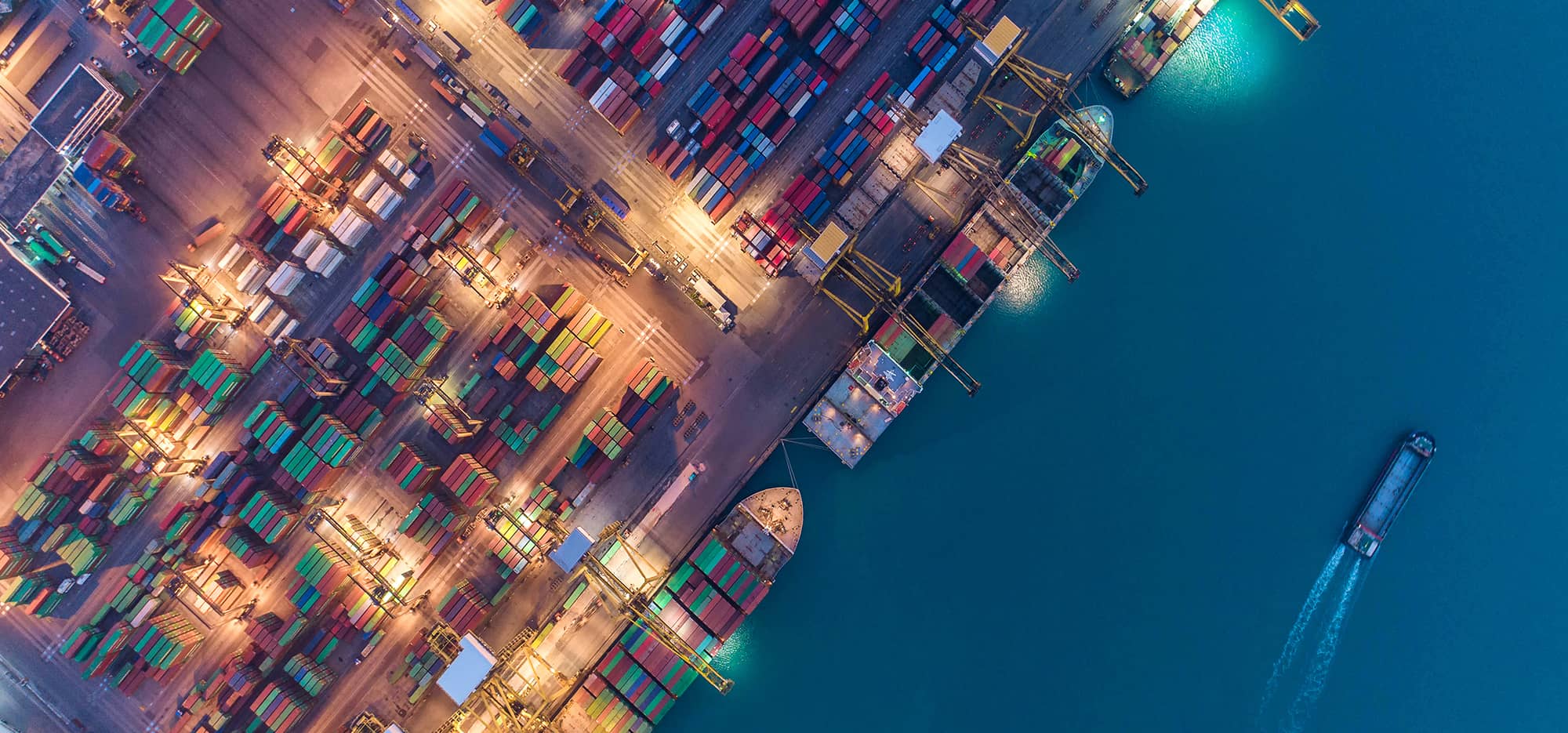
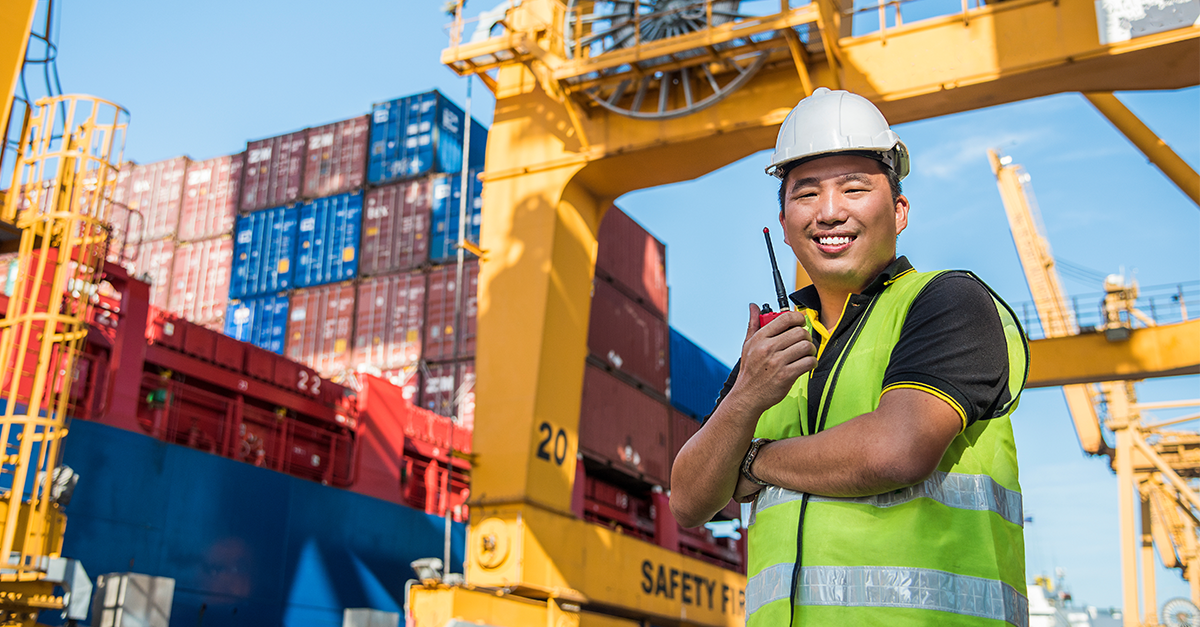
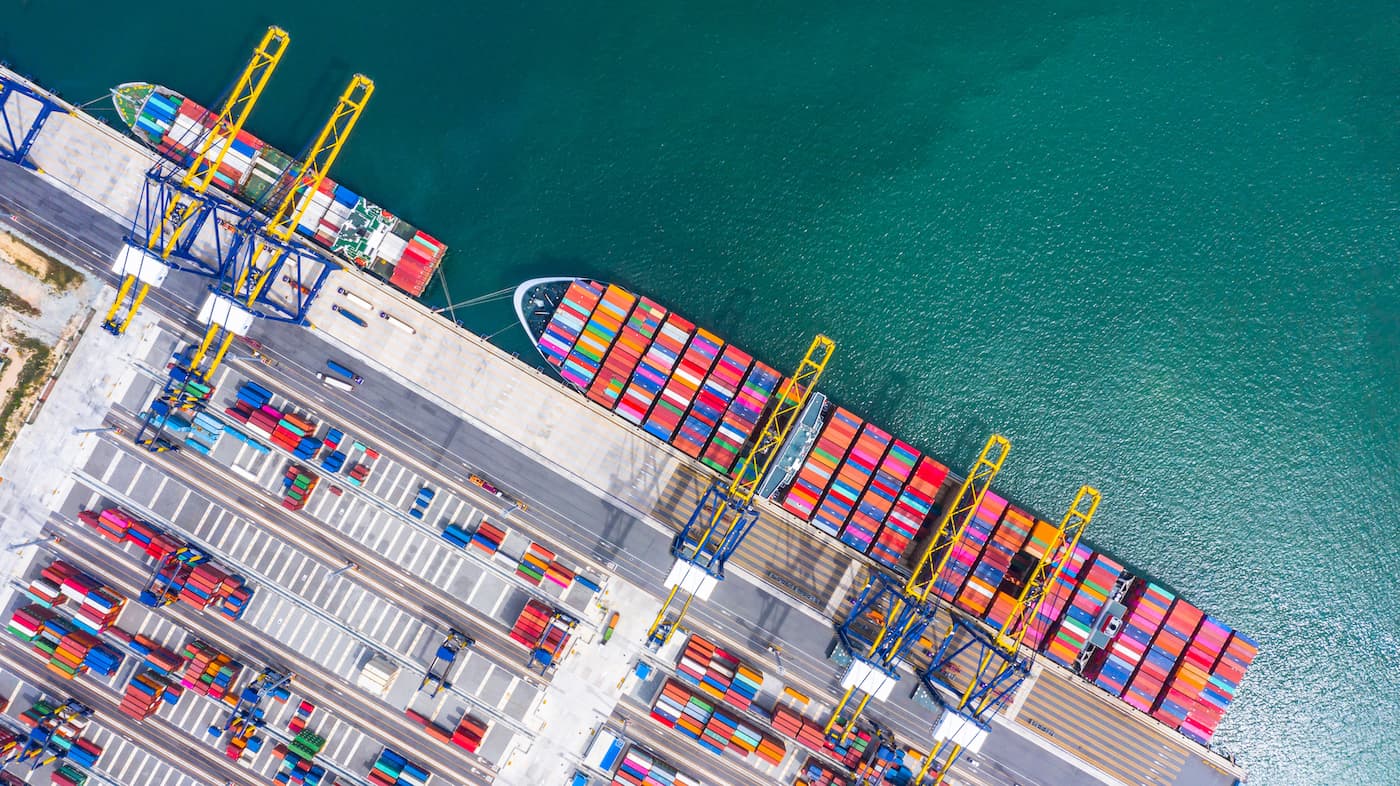
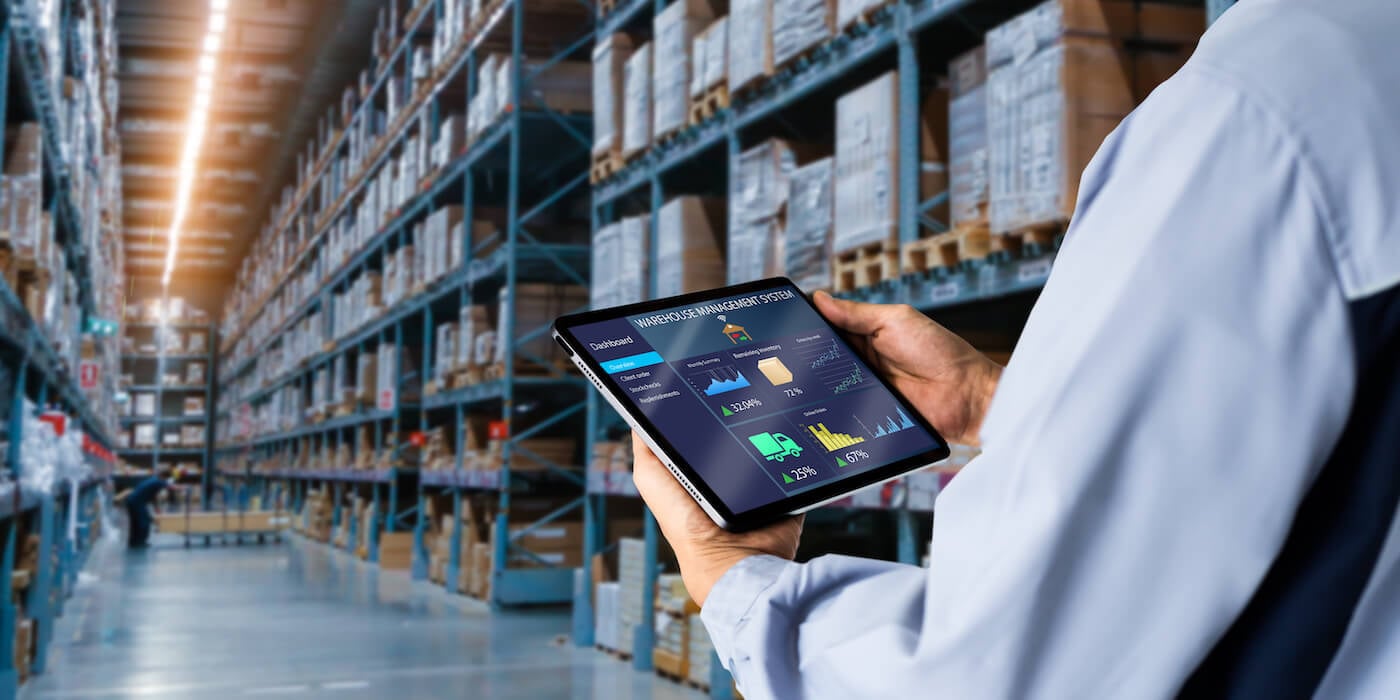


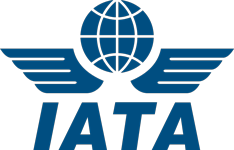





 Copyright 2025 CAF Worldwide. All rights reserved.
Copyright 2025 CAF Worldwide. All rights reserved.